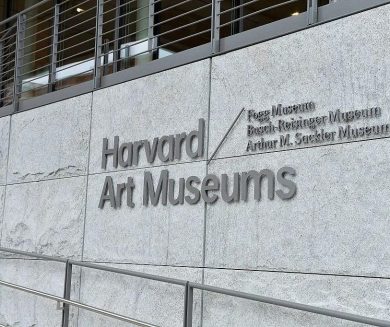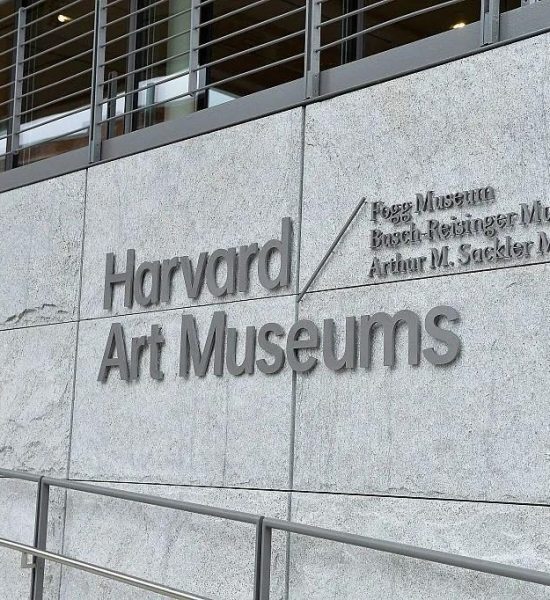02. Heinz Mack’s Significant Donation to the Harvard Art Museums: Light-Relief Sculpture Joins the Collection

A general view of Harvard Art Museums. GETTY IMAGES
The Harvard Art Museums announced the addition of Light-Relief (1960), one of the iconic works of German artist Heinz Mack (b. 1931), to their collection
The work was gifted to the museum by the recently established Mack Foundation in Germany. This remarkable sculpture has been added to the collection of the Busch-Reisinger Museum, one of three institutions under the umbrella of the Harvard Art Museums.
Created using a hand-embossed technique on aluminum, Light-Relief stands out as a significant work that reflects Mack’s relationship with materials and light in his artistic practice. The work also reflects the aesthetics of the Zero art collective, which the artist founded in Düsseldorf with Otto Piene between 1957 and 1966, and represents the experimental and collaborative approach of the period.
The Zero group is considered one of the pioneering figures of post-war European art, and Mack’s role within this collective, with its treatment of concepts such as light and movement, has had a groundbreaking impact on art. Light-Relief powerfully conveys this historical context and the artist’s pioneering approach to the audience.
This significant donation not only enriches Harvard’s modern art collection but also represents a significant step in increasing the global visibility of Mack’s artistic legacy.
02. Heinz Mack’s Significant Donation to the Harvard Art Museums: Light-Relief Sculpture Joins the Collection

A general view of Harvard Art Museums.GETTY IMAGES
The Harvard Art Museums announced the addition of Light-Relief (1960), one of the iconic works of German artist Heinz Mack (b. 1931), to their collection. The work was gifted to the museum by the recently established Mack Foundation in Germany. This remarkable sculpture has been added to the collection of the Busch-Reisinger Museum, one of three institutions under the umbrella of the Harvard Art Museums.
Created using a hand-embossed technique on aluminum, Light-Relief stands out as a significant work that reflects Mack’s relationship with materials and light in his artistic practice. The work also reflects the aesthetics of the Zero art collective, which the artist founded in Düsseldorf with Otto Piene between 1957 and 1966, and represents the experimental and collaborative approach of the period.
The Zero group is considered one of the pioneering figures of post-war European art, and Mack’s role within this collective, with its treatment of concepts such as light and movement, has had a groundbreaking impact on art. Light-Relief powerfully conveys this historical context and the artist’s pioneering approach to the audience.
This significant donation not only enriches Harvard’s modern art collection but also represents a significant step in increasing the global visibility of Mack’s artistic legacy.